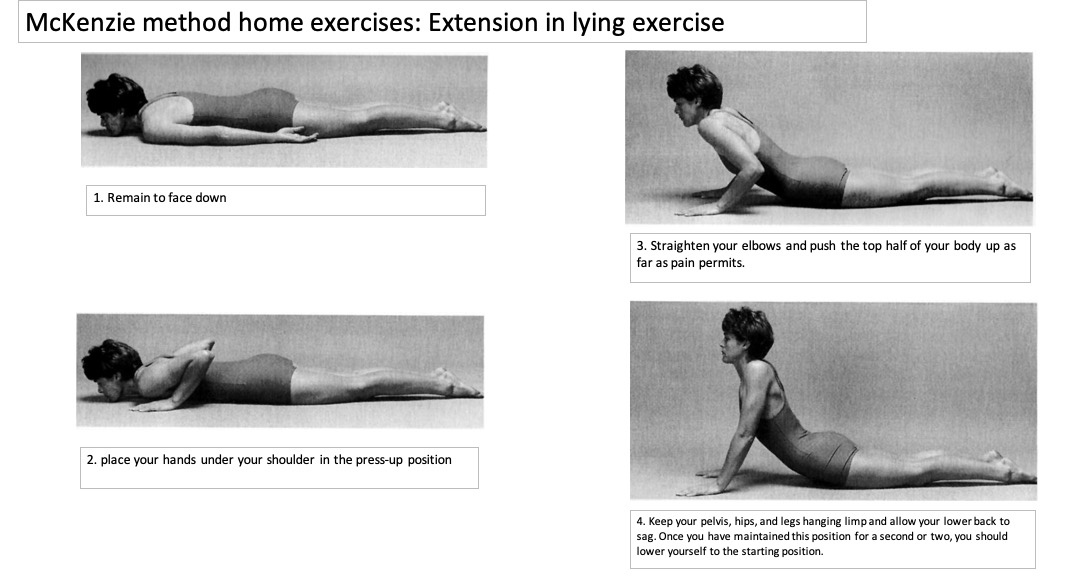When a Storm is Brewing: A Plano Resident’s Guide to Barometric Pressure Migraines
Living in Plano, you know the weather changes. Sudden storms and fronts cause barometric pressure migraines. Get help for the headaches and throbbing pain.

January 31, 2023
In today’s blog post, I wanted to spend some time on one of the most common topics for many: terrible low back pain and sciatica.
It’s exhausting, crazy painful, and frustrating. At a certain point, you’re wondering if low back pain and sciatica pain will go away or if they will linger on forever.
Spoiler alert: it’s not a forever thing, nor does it need to be. You can be well on your way to a pain-free life with the correct diagnosis and treatment.
We understand this can be a lot of information and overwhelming: if you are looking for more support and answers, set up a free consultation with our Sciatica Specialist, Satoru Ozawa. Share your story, get your questions answered, and learn how you can set yourself up for tremendous success in achieving a healthy life.

You may hear about a little-known condition called degenerative disc disease for most people dealing with sciatica and low back pain. It sounds fancy. But all it means is that the spinal disc gets inflamed, where the cartridge of the spine wears out. You can get anywhere in the spine, like the neck, but in this case, you get at the lumber spine, which is in the low back.
People are often confused about Degenerative Disc Disease and osteoarthritis, but it is the same. It depends on where the inflammation occurs. Arthritis occurs in the joints, and Degenerative disc disease happens in the spinal disc. Because the inflammation occurs in the disc, it may be compressed and obstruct the nerve going through the disc resulting in sciatica symptoms like pain in the low back and buttocks, numbness and tingling in the legs, etc.
There are medical tests to identify if arthritis in the disc is the source of the problem: X-ray, MRI, or CT scan.
The test is positive if you feel pain in the low back pain or if there’s a pain in the legs.
While the exact cause of degenerative disc disease is wear and tear syndrome, which is aging and developing over time, individuals in their 30s start having Degenerative Disc Disease at some point, and 90% of elderly over 80 have some level of Degenerative Disc Disease. It is often accepted that the condition is associated with osteoarthritis, bone spur, and spinal stenosis.
The great news is that most people recover from pain. Drastic measures like surgery are commonly successful; the chance of success is 80/20. But sometimes, it feels like the injury lasts forever and isn’t going away. It’s for the reason that we’ve compiled some of the best advice on how to speed up your recovery.
This should be #1 on your list. Acupuncture is incredibly effective at reducing pain and healing time. It’s also great at reducing swelling and inflammation, which helps give your low back more range of motion with less pain. Consider this your number one holistic alternative to nerve block injection into the low back.
Give your low back a break by applying a heat pack or hot bath. Heat helps speed up the natural healing process due to the blood flow and reduces swelling and pain. This self-treatment is the cheapest yet hardest advice for many people.
Pain is a natural danger alarm your brain creates. You have to reverse the neural circuit in the brain. In order to do that, you have to be positive mood and write down a few things you are grateful for each day. Laugh; laughter is a powerful way to change the neural circuits in the brain and reduce a danger signal.
One of the symptoms of Degenerative Disc disease is weakness in the back. In order to strengthen the core muscles and back, you must exercise regularly. The exercise that I explained in the other blogs, and you can do this exercise to strengthen your back muscles.
There are McKenzie method home exercises that release the lower back muscle tension. In addition, there are seven different exercises that you can do at home to ease the pain. For example, Extension in lying exercise is the most valuable and effective first-aid and procedure in the treatment of lower back pain:
It is the most important exercise. You may maintain the sag for longer than one or two seconds if you feel the pain reduces.

It’s important to remember that sciatica is a chronic inflammatory disease. So we want to avoid foods that promote inflammation in the body. Please note: diet should never be dogmatic. What works for one person’s body may be less beneficial for another. Certain foods are avoided because they tend to promote inflammation. These foods include:
If your pain persists or gets worse, see a doctor immediately. They may offer anti-inflammatory drugs, ice therapy, cortisone shots, or as a last resort, even surgery. I hope that none of you reach that point. As soon as you feel an inkling of discomfort, I strongly urge you to take a proactive and dedicated approach to heal your body.
We understand this can be a lot of information and overwhelming: if you are looking for more support and answers, set up a free consultation with our Low Back Specialist, Satoru Ozawa. Share your story, get your questions answered, and learn how you can set yourself up for tremendous success in achieving a healthy life.
Yes. Acupuncture is very effective for degenerative disc disease. We examined your low back and muscle tightness during the initial acupuncture session. You may be unable to bend forward or lean back due to pain. The treatments focused on reducing inflammation and swelling and restoring movement in the low back. Acupuncture has been shown in numerous studies to be incredibly practical in reducing pain and inflammation due to its ability to stimulate the body to release its natural painkillers. So, you start feeling relieved from the pain after each session.
As a general rule of thumb, the sooner one receives treatment, the better the prognosis.
Some patients come for degenerative disc disease treatment months or even years after the initial onset. These chronic cases are often more complex and take much longer to achieve results. Even then, recovery is not guaranteed.
Regarding the frequency of treatments, acupuncture follows a simple rule. Acute and relatively new conditions are most effectively treated with frequent visits, whereas chronic and old conditions can benefit from more widespread treatments. In other words, if you just had an onset of sciatica, you will probably be prescribed 2-3 treatments per week in order to get the most effective results, and chronic cases will generally come in only once a week.
If you or a loved one was diagnosed with degenerative disc disease and sciatica and want to learn more about acupuncture and whether it’s appropriate for your case, send us a message through our contact page.
I hope it helps.
Satoru Ozawa, L.Ac, ATC
Living in Plano, you know the weather changes. Sudden storms and fronts cause barometric pressure migraines. Get help for the headaches and throbbing pain.
As a practitioner, my focus is on giving you the best tips for your health. But today, I want to share one that is at the heart...
Vestibular migraine: episodes of vertigo, dizziness, and imbalance without head pain. A neurological condition, not a simple balance issue.

Satoru Ozawa, L.Ac, ATC
hariQ acupuncture & herbs
Licensed acupuncturist, Certified Athletic Trainer and Chinese herbal specialist. With his 10 years of experience in Oriental Medicine, he will recommend the best natural Remedies, including Acupuncture, Chinese herbs, and health tips to relieve your suffering.
2 comments